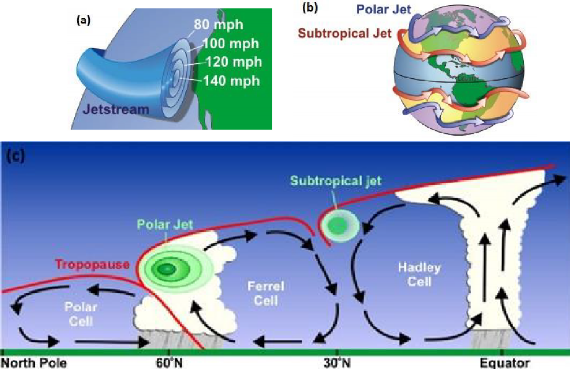Figure 21 – different vertical temperature gradients in the two columns create an increasing pressure gradient.
4.9.1. Jet Streams


Changes in pressure distribution with height are largely related to changes of temperatures. We can see how this can be so with references to two adjacent columns of air in the troposphere depicted in figure 21. At ground level the pressure exerted by the two is the same, but important changes ensue if we assume that column A is warmer, and therefore less dense throughout than column B. This means that for any level higher up in the two columns, for instance at 2km, there is a greater pressure of air still above this level of column A than in column B. Therefore, a pressure gradient from A to B gradually develops and intensifies with height, where none existed at the surface. Now, it can be visualized that a gradual change of velocity of the wind with height, the wind at the top of the air layers being very much stronger than that lower down.
